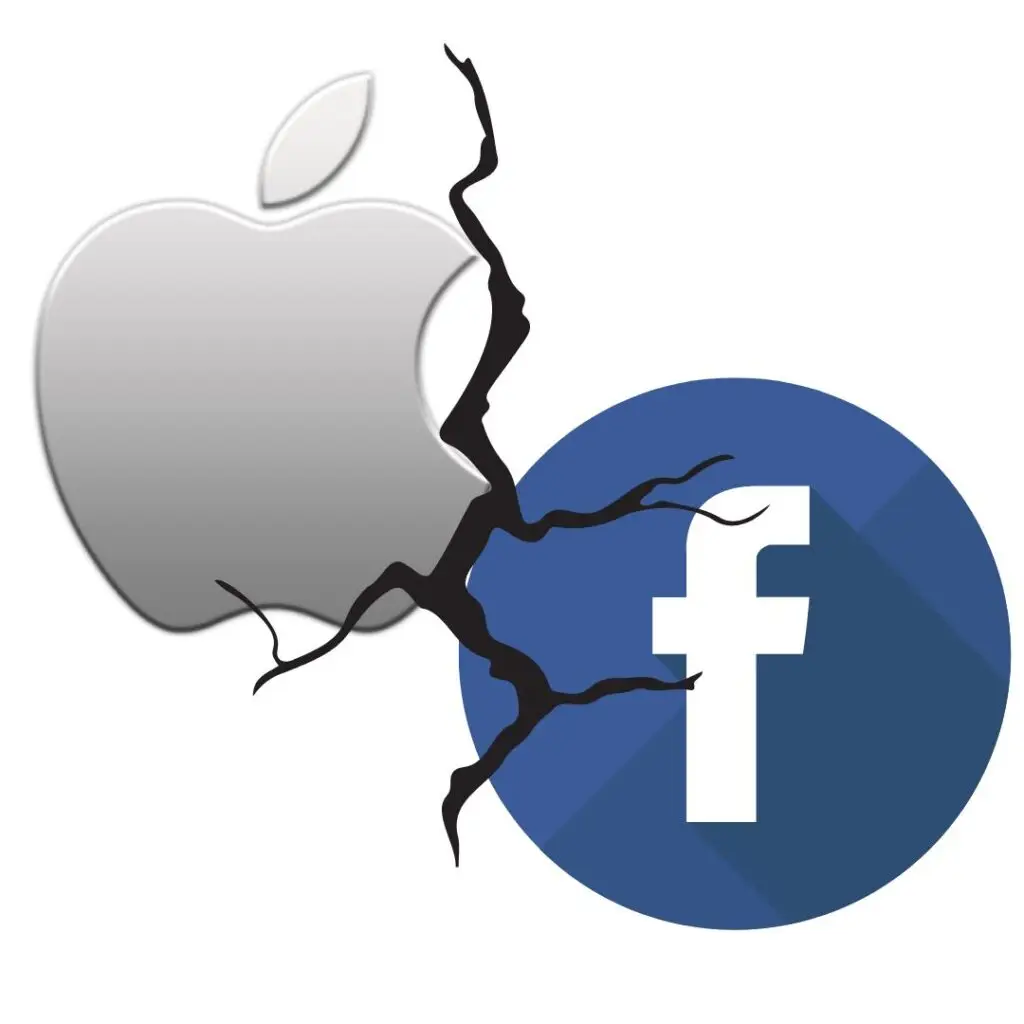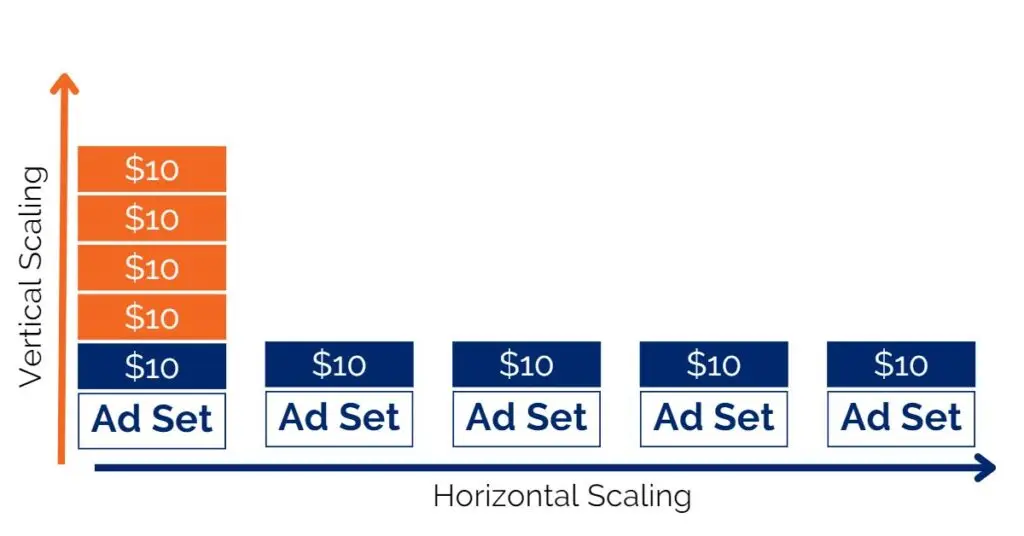A lot has changed with Facebook Ads, but the core methods I outline here will help you to overcome the biggest problem and help you to make better scaling decisions.
It’s tough, isn’t it?
You worked really hard to create a product that gets results for your audience, you packaged it into an offer that actually sells, then you start to run ads to it and lo and behold – it actually converts into sales.
You are a hero.
You realise there’s suddenly a chance to make money from this, that you could corner the market and become a total rockstar in your niche.
To do that though, you’ll need to scale up your ad campaigns, but if you do this the wrong way, then your ad campaigns will bomb.
It means your leads and sales will get incredibly expensive to achieve, and as a result, your business will suffer.
Fortunately, there are ways to scale your Facebook ads that actually work.
If you are ready to scale your ads, the first thing you must do if you haven’t already is to upgrade your tracking.
Here’s why.
Since Apple’s iOS 14 update completely laid waste to Facebook’s tracking, it’s almost impossible to trust the numbers coming from Facebook.
Facebook might claim you’ve had 225 link clicks on your ad, but only 173 of those actually made it to your landing page.

Facebook’s dashboard says you’ve got 10 leads, but actually your CRM system says 14.
It’s a mess.
Instead, you need a system that will actually tell you the real numbers that you got from your promotional channels and your advertising campaigns.
If you have an e-commerce business selling physical products, we recommend you use Triple Whale.
If you’re selling online courses or digital products like our clients, then we highly recommend you use SegMetrics just like we do.
I’m not going to go into depth on each one of those right now, but if you want me to go into SegMetrics, then go ahead and leave a comment below.
Remember, if you don’t upgrade your tracking, you are 100% missing out on all the opportunities to scale your ads and ultimately grow your business.
Quick Note: Throughout this article, I’m assuming you actually have ads that are converting.
If you don’t, then you’re not ready to scale your ads. If that is you, don’t worry. We’ve all been there, but probably the rest of this article isn’t really for you.
Instead, you can explore this article on How To Market Your First Online Course and work your way up to having successful ads that you can scale.
Now, there’s a really obvious way to scale your Facebook ads. In fact, it’s so blindingly obvious that it would be easy to just go and do it and not even give it any thought – spend more money.
You can scale your Facebook ads vertically or horizontally – by adding more budget or creating more ad sets to the campaign.

Adding more budget to the campaign or ad set will increase the daily ad spent – this is called vertical scaling and it helps you go deeper into the audience you’re already targeting.
Or you can add more ad sets and thus increase the daily spending. Adding more ad sets to your campaign is called horizontal scaling.
By adding more ad sets you have the opportunity to explore new audiences that might even outperform your already existing ad sets.
As long as you have enough audience to justify it, adding more ad sets is a foolproof method to scale horizontally.
Of course, the other method of adding more budget works too, but there is a massive caveat.
You should only add 20% of extra budget every few days and then leave them alone and monitor very carefully.
It’s often the case that a campaign will have a sweet spot in terms of the budget.
It’s what I like to call the Goldilocks Budget where we find exactly the perfect amount to spend for a given campaign at a particular time.
If you spend slightly more, you’ll actually find the campaign gets more expensive and therefore it’s not as profitable.
The same is true if you spend slightly less than the right amount. So instead, what you have to do is make sure that you scale carefully up to that point.
In fact, if you throw a tonne of cash at a successful campaign by doubling or tripling the amount of budget and expecting double or triple the amount of results, what you’ll actually find is that Facebook’s ad platform won’t know what to do with the cash, and as a result of that influx, will end up making everything much more expensive.
Now, ask yourself, have you actually explored all of the possible interests for your cold campaigns?
If you’re not familiar with what I mean by a cold campaign or a cold audience, I’m simply talking about people who’ve never heard of you before. They’re people who don’t know you, therefore, they don’t like you or trust you either.
If not, you can use a tool like connect.io to find interests that aren’t easily discovered if you just use Ads Manager on its own.
You can also do this manually by looking at other brands that are serving your particular audience, even if they’re not a competitor.
Another really brilliant way to expand your cold audiences is by using lookalike audiences.
Maybe you’ve already selected a 1% lookalike of your audience, but why not go for a 1 to 2% or a 2 to 3% lookalike of your audience as well?
That way you can test which one works, and more importantly, you’ll be expanding your audience with a still very targeted group of people.
Again, each cold campaign usually has a sweet spot for lookalikes. Yours might be 4 to 5%, so if you don’t test that one, how will you possibly know?
In fact, you can even get super broad with certain types of campaigns and actually only target people based on their location and their age and nothing else.
No interests, no behaviours, nothing, nyet, nada.
Generally speaking, that’s only a good thing to do when you have a larger budget and an ad campaign that really converts well already..and ideally nerves of steel.
But you shouldn’t stop there because your warmer audiences could really do with an upgrade too.
If you haven’t worked it out already, warm people are usually those who are in your retargeting campaigns.
They already like you, they’ve maybe subscribed to something, but they haven’t necessarily converted to a sale just yet.
Start using some of the smarter audiences that are available on Facebook, like for example, the people who’ve spent the most amount of time on your website during a given period of time.
And again, there is a sweet spot for some of those segments, so make sure you test each one.
Also, make sure you’re using uploads of your existing subscribers and ideally your existing buyers too.
After all, that’s the warmest audience you have.
If you want me to go into more detail about the warm audiences that we create for clients, then go ahead and leave a comment below.
Another way to scale is to expand to placements you’re not already using but be warned that placements like the audience network only tend to work for certain niches, so we don’t recommend them to our clients.
If you have an app, they can be a good option.
But if you have an online course like those people that we help to scale, generally they’re a terrible idea, especially the ones that are in-app placements.
Now, this might sound weird, but one of the very best ways to scale your Facebook ads past a certain point is to actually go to other platforms.
Why not try YouTube ads?
After all, people on YouTube are searching for specific things.
It’s the second largest search engine in the world, and it means you can put your offer in front of those people at just the right moment.
What’s more, you’ll also be driving more traffic to your website, which means you’ll be expanding your warm audiences inside Facebook ads by driving people from YouTube.
Of course, by running YouTube ads, you’re also putting your message in front of people who maybe don’t use Facebook and Instagram as regularly.
And all of that means that you’re expanding to new audiences that Facebook and Instagram ads couldn’t have helped you reach anyway.
If you have an online course and you’re ready to scale it using the power of online ads, then make sure you book a call with me via this link.


